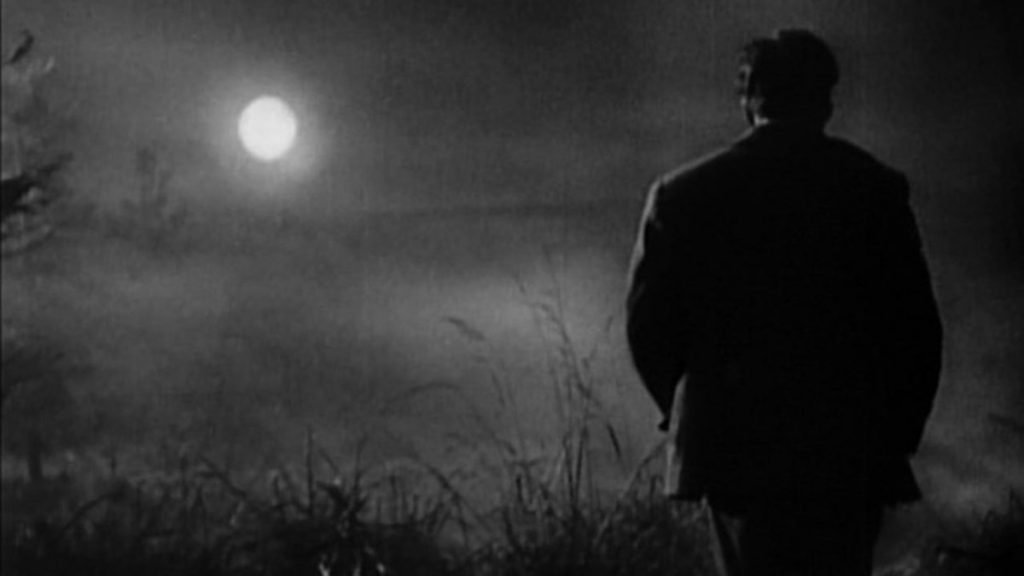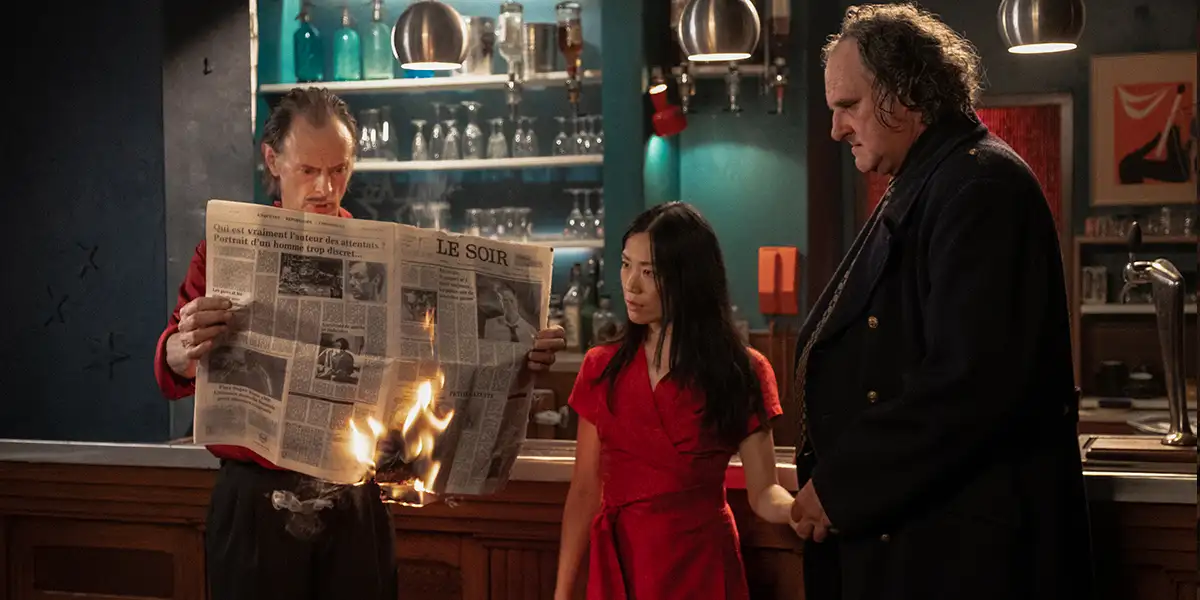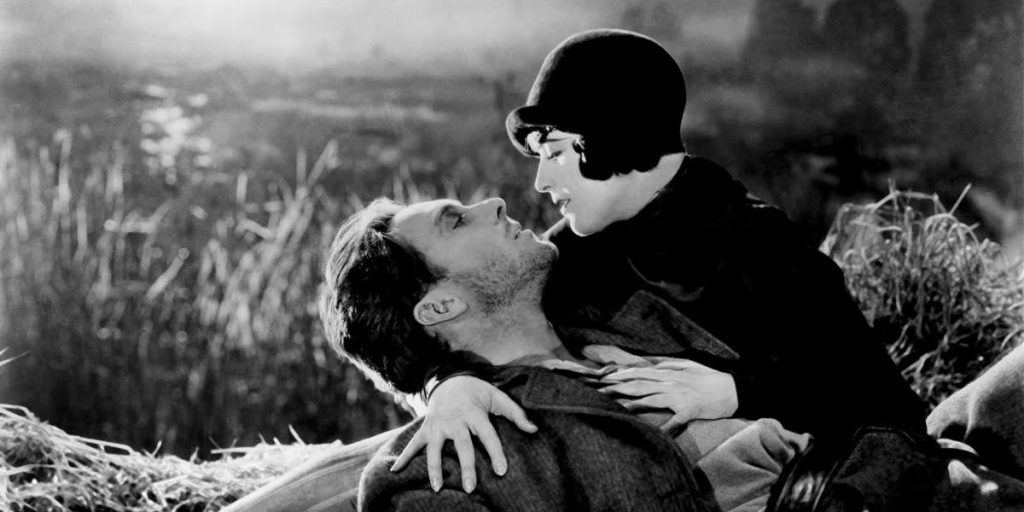Sunrise: A Song of Two Humans is a cherished treasure from a bygone period, effortlessly comprised by a cinematic genius.
F.W. Murnau was far from your average director. He had already released a series of well received films in his home country of Germany, among them being Nosferatu and Faust, by the time he was invited to Hollywood by mogul William F. Fox to make a picture for his film studio. Thus at the height of the silent era, this veteran auteur fresh out of Europe, granted with full creative control, introduces German Expressionism to the Western world. This imported style was one of the few ingredients that shaped Sunrise: A Song of Two Humans into a stunning and inventive film of its time. Cinema had grown into a prominent industry during the 1920s, yet few silent films (those that remain at least) are recognized by contemporary critics today. But there is a reason why this particular film came out on top, and managed to maintain its strong status nearly 100 years after its release.
Sunrise is a melodrama for the ages. A story of love lost and found, depicted with warm sentimentality and presented in monochromic glory. In Sunrise: A Song of Two Humans, the unnamed Man (played by George O’Brien) lives in a small village with his loving wife (played by Janet Gaynor) and their baby boy. But he leads a double life, hiding an affair with the Woman from the City. Polar opposite to the wife (resembling the elated flappers of the Roaring Twenties), she manipulates him with the idea of murdering his wife, so that the two of them could finally be inseparable. What comes next is a mild spoiler, as the film cannot be fully discussed without mentioning this. He gives in, but when the time comes to execute the plan, he resists, sending a shockwave to his wife in the process. You think the movie would end when this conflict is settled, but Sunrise dares to defy storytelling rules, as the second half of the film proceeds to depict the lovers’ reconciliation. The story takes this unusual turn, but it is heavenly to watch, moving you to tears by its climax and finale.

Murnau’s masterpiece relies heavily on visuals. Its minimal use of intertitles results in exposition being nearly non-existential. The cinematography, done by Charles Rosher & Karl Struss, is aided by techniques that were uncommon in its time. In one of the film’s early scenes, the Man and his mistress have a secret encounter in the nighttime. Here is where we see the camera freely pan behind the Man, who gives off a shadowy appearance, all done with clever lighting. The editing often overlays two images, such as in one scene where the Man is haunted by the ghost-like presence of the mistress. Rosher and Struss also take us to different worlds, from the outskirts of a dull countryside village to the lively and crowded city, all constructed with the grandeur style that only comes from German Expressionism. Apart from technicality, Sunrise is also noted for Janet Gaynor and George O’Brien’s performances. Both stars convey vivid emotion in their roles, from Gaynor as the disheartened and anguished wife to O’Brien as the repented husband attempting to win her back. They are convincing as the victims of a turmoil marriage.
Overall, the movie is a very simple concept of a story, and in theory shouldn’t even work, due to its second half acting as an epilogue. But it triumphs anyhow, because it has all the perfect elements to make it succeed: stellar performances, distinguished photography and elaborate set design. Sunrise: A Song of Two Humans‘s success shouldn’t come as a surprise, considering the gold this film took home at the very first Academy Awards, where it won Best Lead Actress for Gaynor, Best Cinematography for Rosher & Struss, and ‘Best Unique and Artistic Picture.’
Despite the acclaim, the film bombed at the box office during its run, and the 35mm original print was destroyed in a fire. It was only future home media releases that led to revived interest in the picture, eventually cementing Sunrise: A Song of Two Humans as one of the great films of the 1920s. Rare is the film that is both profit-oriented and artistically crafted, but here it is, born out of the team-up of Murnau and Fox. This is a film that cannot be missed by cinephiles.
Sunrise: A Song of Two Humans is a public domain film, and it’s available to watch on Youtube.

 loudandclearreviews.com
loudandclearreviews.com
